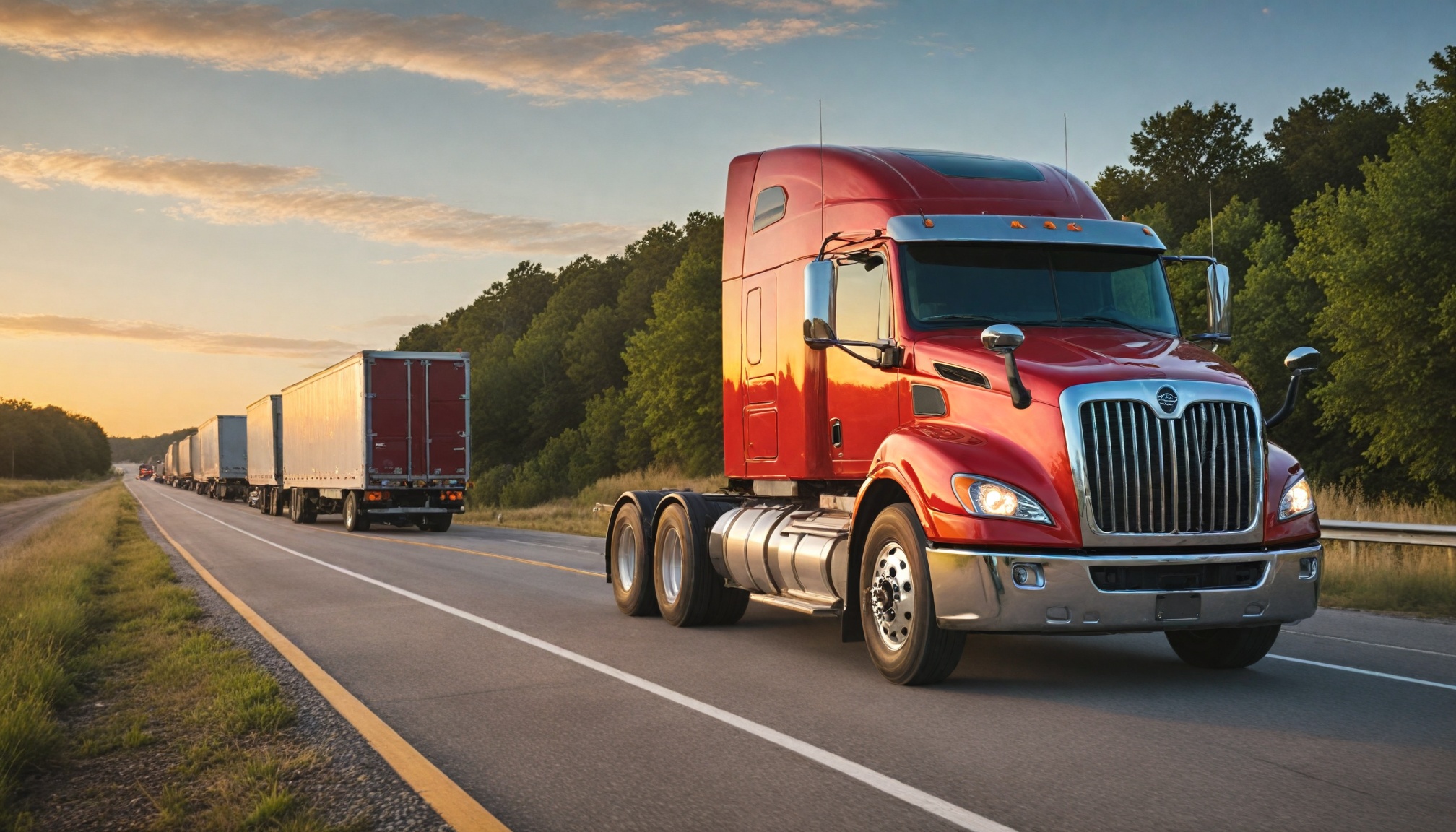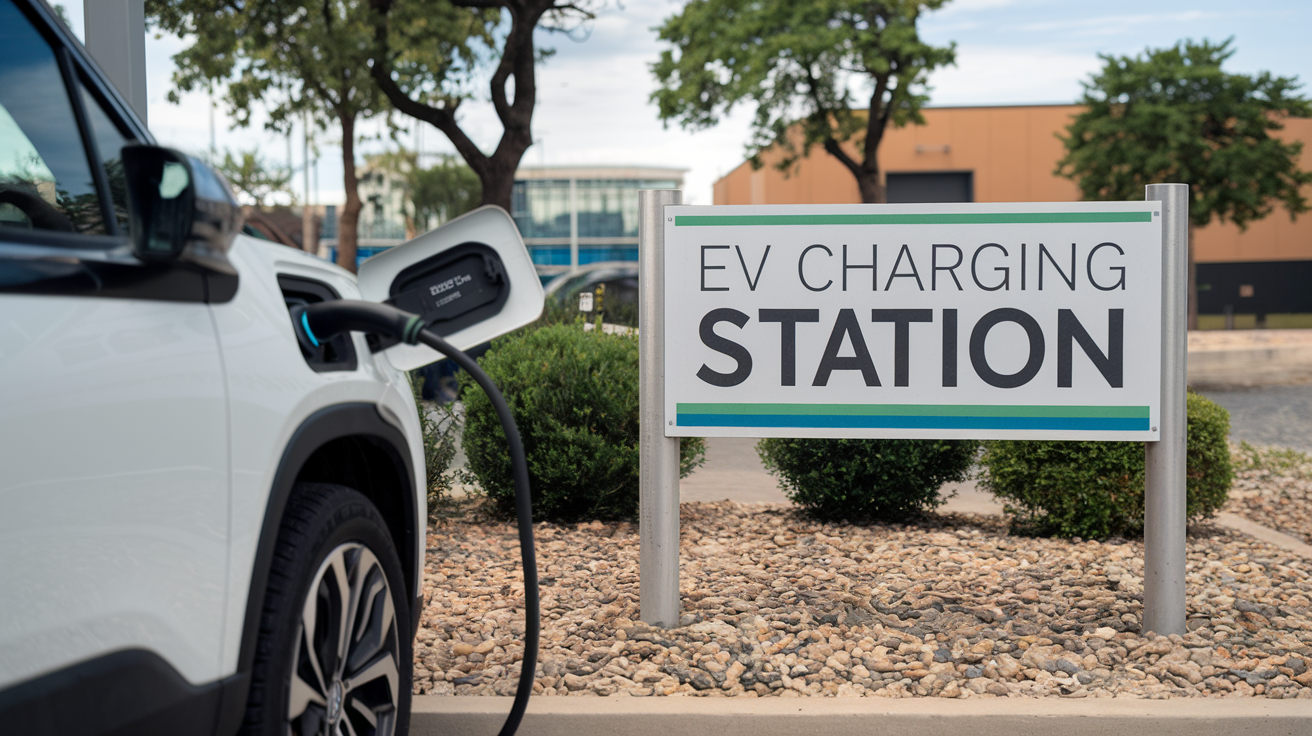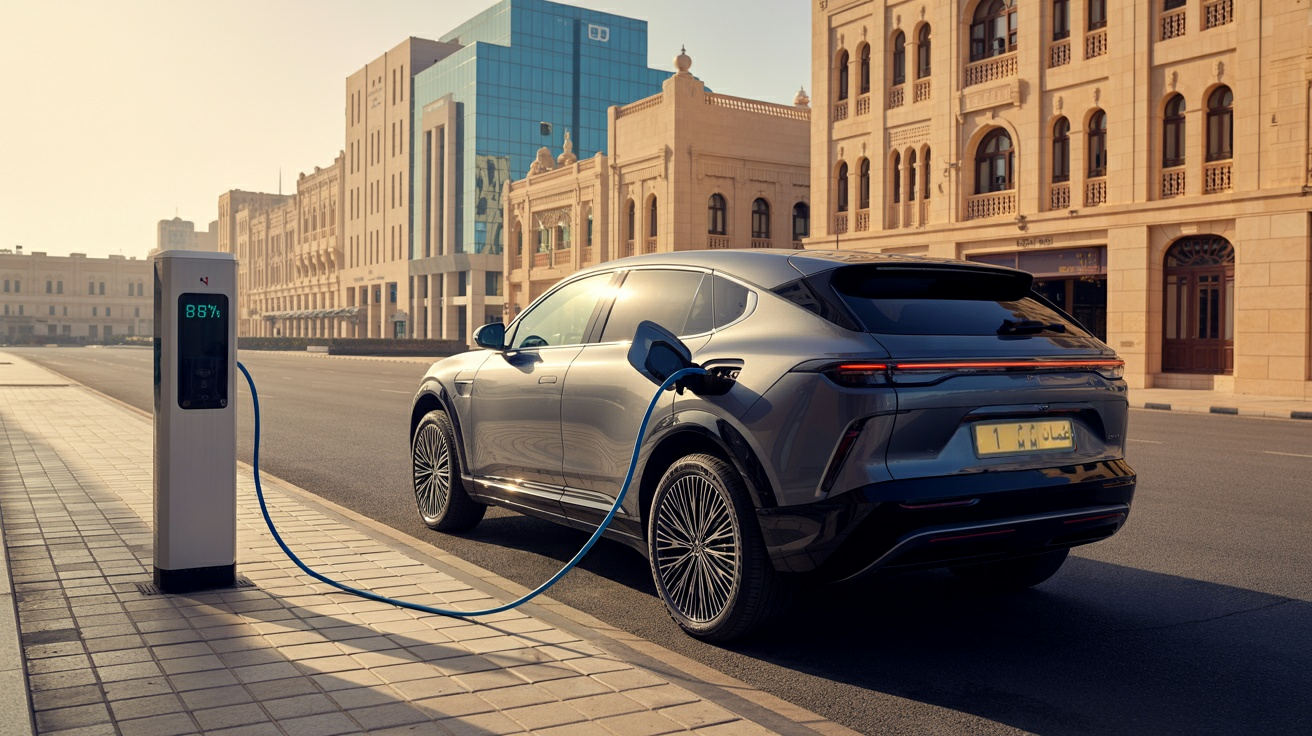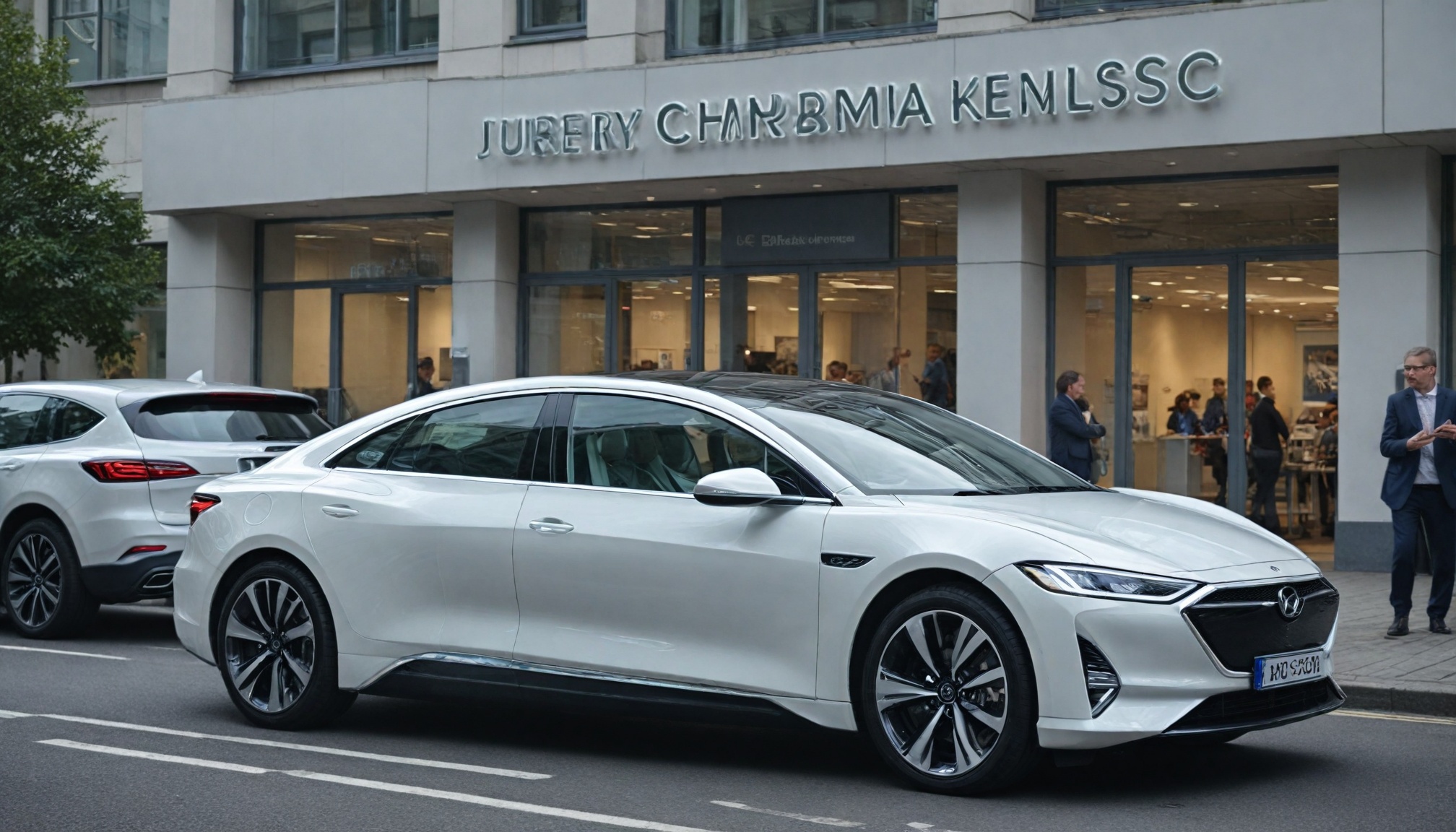
EU maintains 2035 ICE vehicle ban while offering flexibility to automakers, balancing ambitious climate goals with economic realities amid growing political resistance.

Drivetech Partners
The European Union is maintaining its commitment to phase out internal combustion engine vehicles by 2035 while adapting to economic realities and industry pressures. Recent flexibility measures announced by the EU Commission demonstrate a pragmatic approach to implementation, allowing carmakers to meet emissions targets over three-year averages rather than annually, even as the ultimate zero-emission deadline remains firmly in place.
Key Takeaways
The EU maintains its 2035 zero-emission mandate while offering flexibility in interim implementation
Growing political resistance from major automotive nations threatens the timeline
European automakers face economic challenges including high production costs and competition from China
Consumer adoption is hindered by price disparities and inadequate charging infrastructure
The EU's position places it among the most ambitious markets globally for ICE vehicle phase-out

The EU's Zero-Emission Mandate: Current Policy Framework
The European Union has established a clear regulatory path toward eliminating new fossil fuel vehicles from its roads. In February 2023, the European Commission approved legislation requiring "zero CO2 emissions for new cars and vans in 2035" - effectively banning the sale of new internal combustion engine vehicles after that date. This policy forms a cornerstone of the EU's broader climate strategy.
While maintaining the ultimate 2035 deadline, the Commission has shown some flexibility in implementation. In March 2025, it announced that carmakers would be evaluated on CO2 reduction targets over a three-year average rather than annually. This adjustment provides breathing room for manufacturers while keeping the final goal intact.
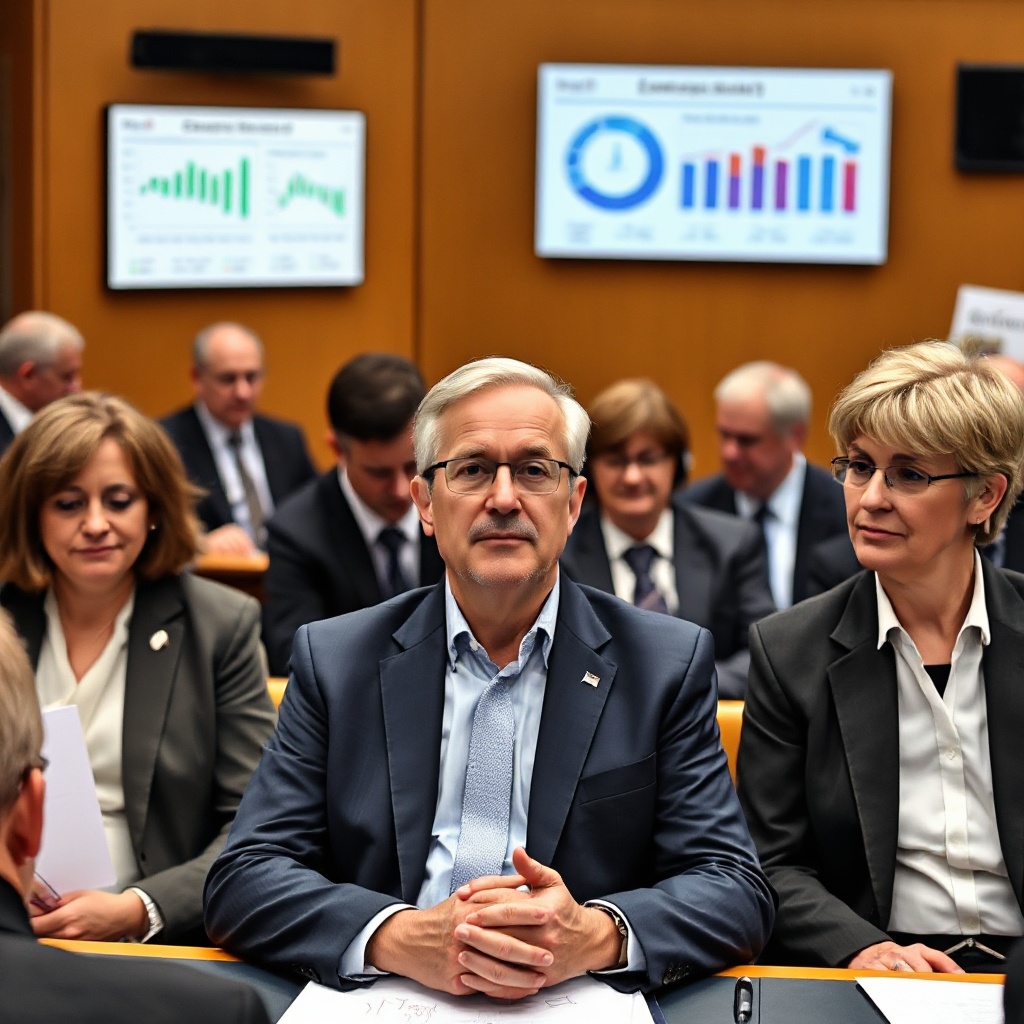
Political Resistance Mounting Across the EU
Despite the Commission's commitment, political opposition has been growing. The European People's Party (EPP), the largest political group in European Parliament, plans to introduce an amendment to overturn the ban in late 2025. This move signals increasing discomfort with the timeline among EU lawmakers.
Several influential member states have expressed concerns about the mandate. German Finance Minister Christian Lindner initially opposed the ban in 2022, while Italy's industry minister called for reassessment in September 2024. France has historically advocated for more lenient targets, reflecting concerns about both industrial competitiveness and implementation challenges.
These tensions highlight the complex balance between climate ambitions and economic realities facing European policymakers. As the deadline approaches, this political pressure may continue to intensify, potentially leading to further adjustments in implementation while maintaining the overarching goal.
Industry Concessions and Automaker Pressures
European automakers have actively sought relief from the stringent timeline, successfully lobbying for concessions from Commission President Ursula von der Leyen in March 2025. These companies face significant financial challenges as they navigate the transition, including potential penalties for missing emissions targets while simultaneously investing billions in electric vehicle technology.
The stakes are particularly high given the automotive sector's economic importance. The industry employs over 6% of the total EU workforce and represents more than 7% of GDP. Small and medium-sized enterprises that depend on ICE technologies face especially difficult adaptation requirements with limited resources.
Production costs for European automakers remain higher than those of competitors, particularly from China. This cost differential threatens European competitiveness just as the industry undergoes its most significant technological transformation in a century.
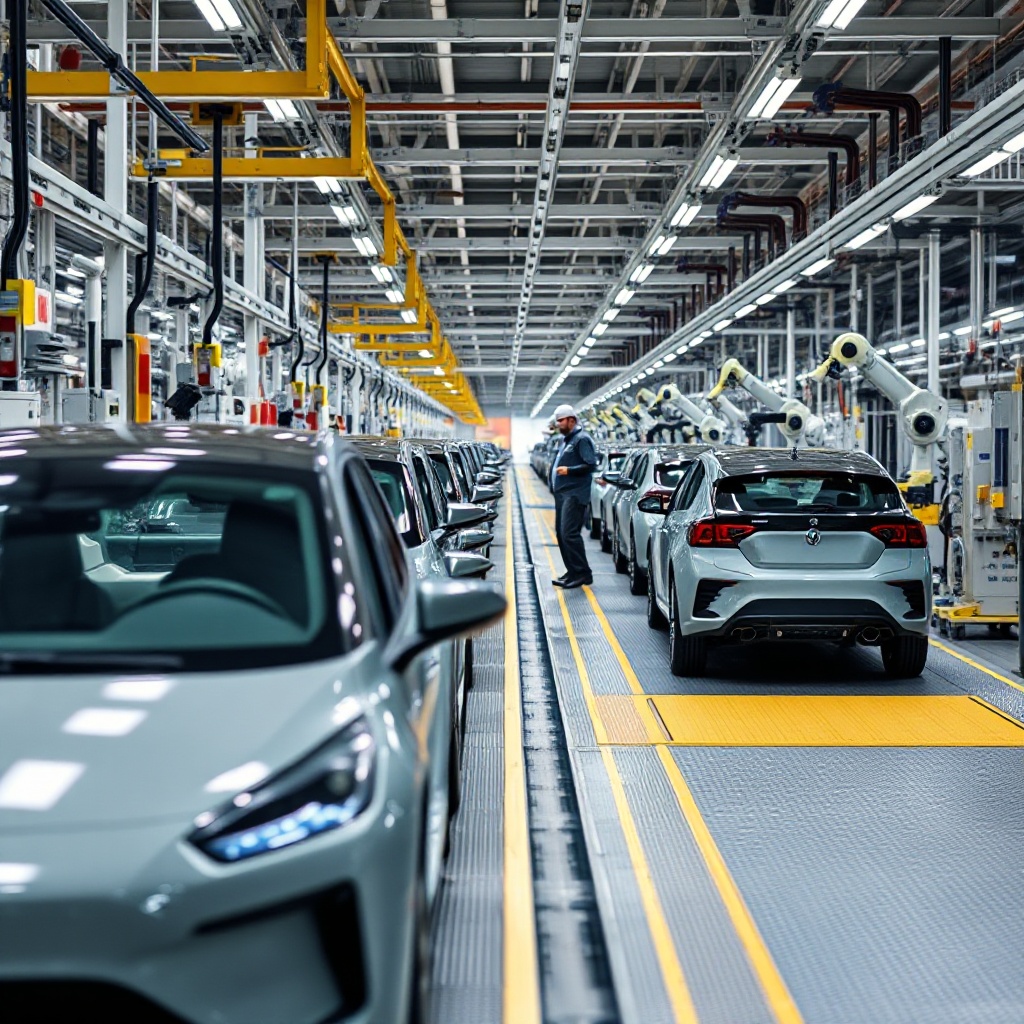
Electrification Progress and Consumer Adoption Challenges
Despite challenges, Europe has made substantial progress in vehicle electrification. The European EV fleet has expanded dramatically, growing from approximately 1 million vehicles in 2019 to over 8 million in 2023. The EU has set an ambitious target of 30 million zero-emission cars by 2030 as an interim milestone.
However, consumer adoption faces significant hurdles. Electric vehicles remain considerably more expensive than comparable ICE vehicles, creating a barrier to mass adoption. Adoption rates vary widely across member states, reflecting differences in economic conditions, incentive programs, and infrastructure development.
The charging infrastructure gap presents another critical challenge. Inadequate charging networks and high electricity prices in some regions create practical barriers to ownership, particularly for consumers without home charging options or those who frequently travel long distances.
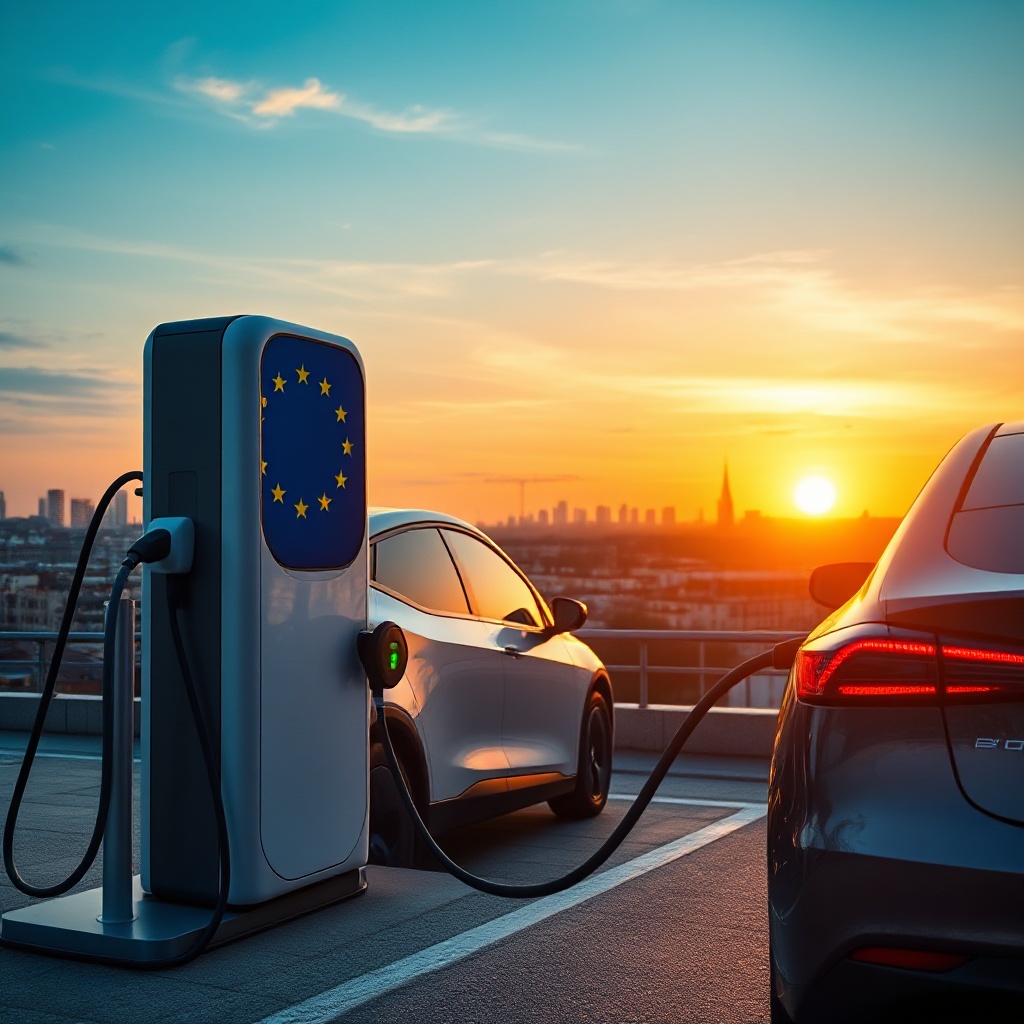
Supply Chain Vulnerabilities
The transition to electric vehicles has exposed strategic vulnerabilities in the European automotive supply chain. The EU's reliance on China for critical raw materials and battery components creates dependencies that could affect both production capacity and pricing.
Supply chain disruptions, particularly for semiconductors, have already impacted the industry's transformation efforts. In response to perceived unfair competition, the European Commission proposed provisional penalty tariffs ranging from 17.4% to 38.1% against Chinese EVs in June 2024.
External factors add further complications. Potential US tariffs of an additional 25% threaten EU auto exports, with the US representing the EU's largest automotive export market. These trade tensions create additional pressure on an industry already managing significant technological change.
Global Context: EU's Position in Worldwide ICE Phase-Out Efforts
The EU's 2035 target places it among the more ambitious major automotive markets globally. While Norway leads with the earliest target (requiring zero-emission new vehicles by 2025), several other European nations have committed to phase-out timelines between 2030 and 2035, including Iceland, Ireland, Sweden, the Netherlands, Denmark, and the UK.
Outside Europe, major automotive markets have set varying targets. China plans to make all new vehicles "eco-friendly" by 2035, while Japan aims to ban sales of new gasoline cars (except hybrids) by the same year. The EU's timeline thus reflects a global trend toward electrification while maintaining a relatively aggressive stance compared to other large markets.
The Road Ahead: Balancing Climate Goals with Industry Transformation
As the EU progresses toward its 2035 goal, it will likely continue refining its approach to balance climate imperatives with economic realities. The three-year average evaluation provides breathing room for manufacturers, but the tension between environmental targets and industry concerns will persist.
The transformation of Europe's automotive industry is accelerating despite challenges, with substantial investments flowing into electrification and digitalization. Future policy adjustments seem probable as adoption rates, technology development, and market conditions evolve.
This balancing act represents a microcosm of the broader challenge facing climate policy: how to achieve ambitious environmental goals while managing economic transitions and ensuring industrial competitiveness. The EU's approach to the 2035 ICE ban will be watched closely as a test case for managing this fundamental tension.
Sources
Politico - Why EU combustion car ban is in trouble
Climate Scorecard - EU Maintains Strict Emissions Standards
Reccessary - EU reconsiders 2035 combustion engine ban

